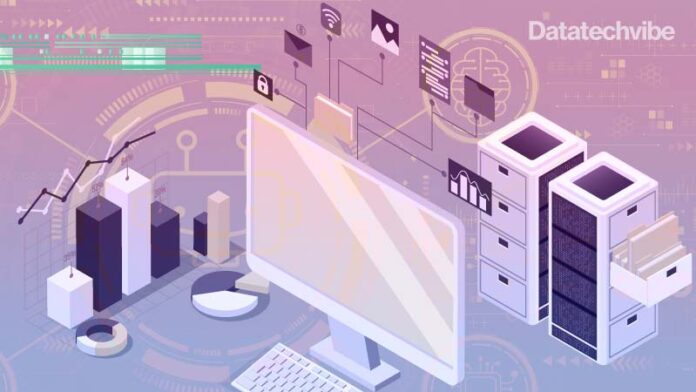When RPA is used to analyse and make sense of large volumes of data, it generates a cycle in which RPA and advanced data analytics help improve each other, benefitting the enterprise.
For years, the idea of fully automated enterprises has been sold to us. The truth is we are still very far from it. Automation started with RPA (robotic process automation) tools doing humans’ repetitive tasks – routing calls to the tech team and agents. Buoyed by advanced data analytics and artificial intelligence (AI), of late, RPA has been a game-changer across industries.
RPA is applied to understand data complexities and analyse large amounts of data saved in bits and pieces, in multiple locations, at a rapid rate. It automates the integration between systems, generates data efficiently, and leaves detailed data trails in one place.
Now, RPA programs are downloading, sorting, and combining data and adding predictions to the process automation. Combined, RPA and advanced data analytics have brought intelligent automation that can find patterns in real-life processes and improve them for enterprises.
This is close to a fully automated enterprise that the RPA vendors have been touting for years. Rather than simply speeding up processes, data analytics and RPA execute tasks more intelligently.
Low-code process automation
RPA, on its own, though, is unable to solve specific challenges if the data is unstructured. In many cases, legacy enterprises need to update the system or build a new one to use RPA, which is time-consuming and costly. And that’s where low-code process automation comes in. Low-code, which offers complete IT applications across various platforms with the ability to build databases, makes complex technical processes comprehensible. RPA methodologies and low-code can be used to develop process automation applications that integrate with an enterprise’s existing systems.
Enterprises can create new, automated business processes and functions by utilising advanced data analytics. For example, retailers can use RPA to develop a new system that activates bots to find inventory from various suppliers. They can gather customer data through loyalty and reward programs and offer tailored product recommendations.
Manufacturing companies utilising RPA can use advanced data analytics at every stage of the manufacturing process, from the supply chain to tracking inventory, to anticipate demand and trigger the increase or reduction of production for certain items.
Benefits of pairing
According to a report, over 90 per cent of organisations surveyed are using automation technologies, and most say that automation has helped their organisation kickstart digital transformation.
Pairing RPA with advanced data processing help organisations reap benefits, including reducing errors – it offers a more precise result compared to manual analysis, affordable and straightforward execution, and enhanced efficiency. Automation of the data analysis process enables the users to get the insights faster.
Moreover, RPA can maintain well-managed data across enterprise systems and generate data lakes to develop advanced machine learning models. RPA with data analytics toolkits can detect data anomalies and enhance data consistency for data cleansing and analytics. It allows for automated deduplication of data and revival of fresh data streams.
Apart from moving data across enterprise systems, RPA can be used for data aggregation to better supply data sources for advanced processing algorithms. It improves data analytics and enables machine learning to digitize business operations further. Enterprises will get prescriptive strategies to optimise the processes by feeding RPA process audit trails into different machine learning algorithms.
Using advanced data analytics software to analyse RPA-generated data helps enterprises understand its processes and workflows, model process improvements, and improve opportunities. RPA not only automates but also digitises business processes. This means that more data can be obtained if the process is automated.
Adopting RPA, which can collect isolated and dysfunctional data, ensures that the data gathered is organised and uniform, making it easy for those who want to access it. When RPA is used to analyse and make sense of large volumes of data, it generates a cycle in which RPA and advanced data analytics help improve each other, benefitting the enterprise.
It’s about time for those that have made their workforce more efficient with RPA to go a step further and integrate advanced data analytics into their processes to make process automation more intelligent.
If you liked reading this, you might like our other stories
Is RPA Catalysing Healthcare Industry?
What To Expect From RPA In 2022









